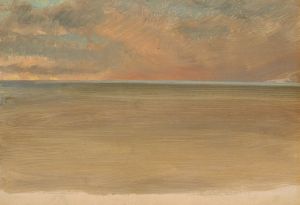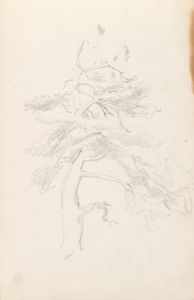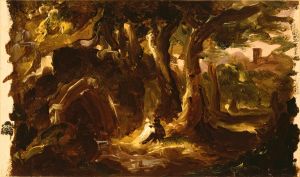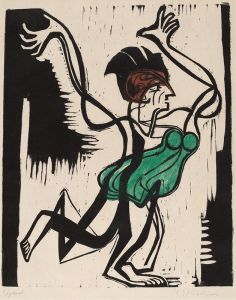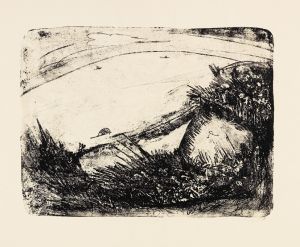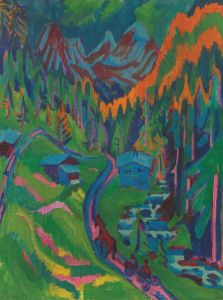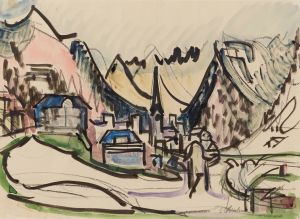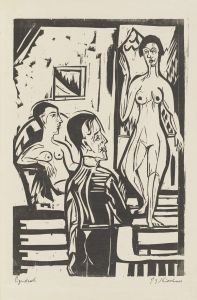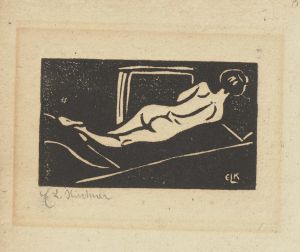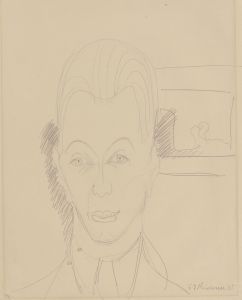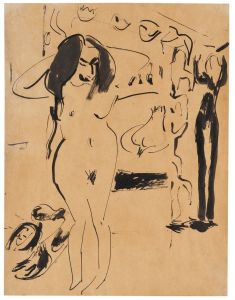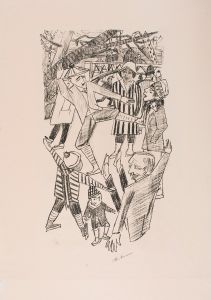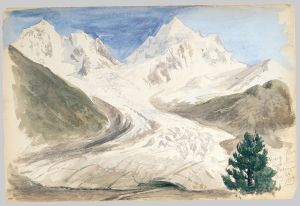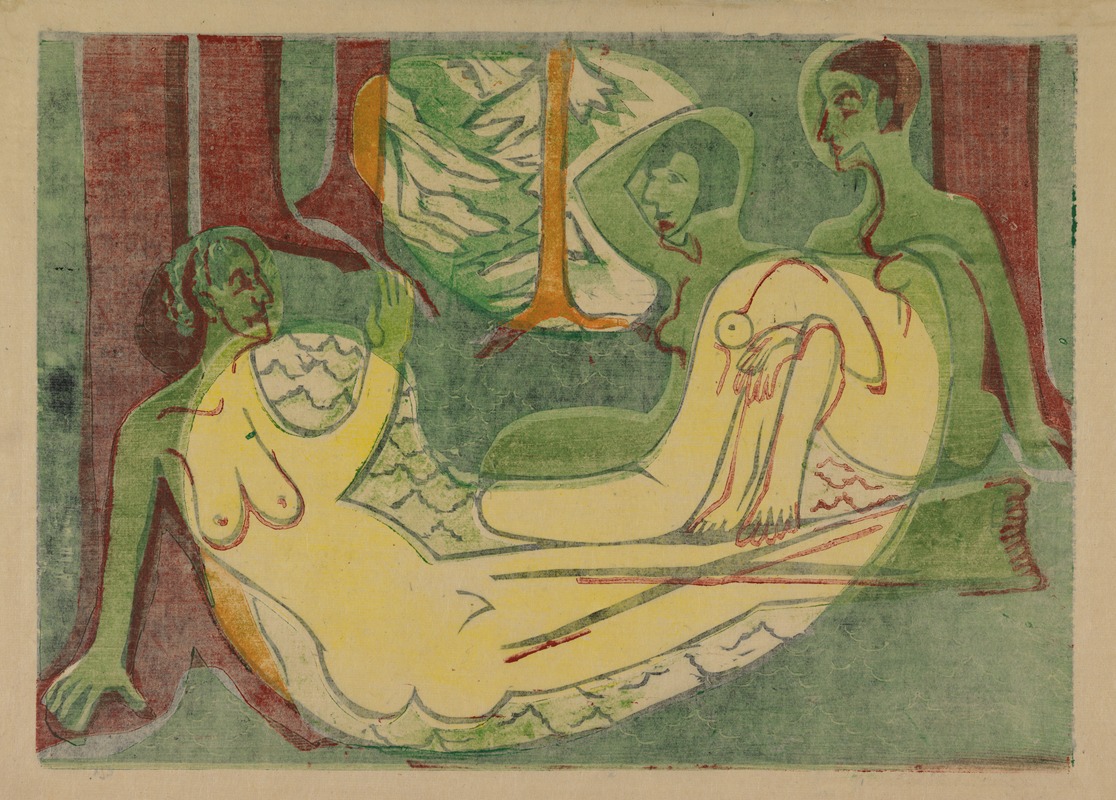
Drei Akte im Walde
A hand-painted replica of Ernst Ludwig Kirchner’s masterpiece Drei Akte im Walde, meticulously crafted by professional artists to capture the true essence of the original. Each piece is created with museum-quality canvas and rare mineral pigments, carefully painted by experienced artists with delicate brushstrokes and rich, layered colors to perfectly recreate the texture of the original artwork. Unlike machine-printed reproductions, this hand-painted version brings the painting to life, infused with the artist’s emotions and skill in every stroke. Whether for personal collection or home decoration, it instantly elevates the artistic atmosphere of any space.
Ernst Ludwig Kirchner's painting Drei Akte im Walde (Three Nudes in the Forest) is a notable work by the German Expressionist artist, who was a founding member of the influential art group Die Brücke (The Bridge). Created in 1913, this painting exemplifies Kirchner's distinctive style, characterized by bold colors, dynamic compositions, and a focus on the human figure in natural settings.
The artwork depicts three nude female figures in a forested landscape, a recurring theme in Kirchner's oeuvre. The figures are rendered with simplified forms and angular lines, reflecting the artist's interest in primitivism and his desire to break away from traditional academic art conventions. The vibrant, non-naturalistic colors and the energetic brushstrokes convey a sense of vitality and emotional intensity, hallmarks of the Expressionist movement.
Kirchner's choice of subject matter and style was influenced by his belief in the importance of reconnecting with nature and embracing a more instinctual, unmediated way of life. The forest setting in Drei Akte im Walde serves as a symbol of freedom and harmony, contrasting with the industrialization and urbanization of early 20th-century Europe. The nude figures, often a central motif in Die Brücke's work, reflect the group's fascination with the human body as a pure and natural form, untainted by societal constraints.
This painting was created during a pivotal period in Kirchner's career, shortly before the outbreak of World War I. By 1913, Die Brücke had disbanded, and Kirchner was developing a more individual artistic voice. His works from this time often explore themes of isolation and existential anxiety, though Drei Akte im Walde retains a sense of connection to the natural world.
The painting is held in a private collection, and its exhibition history is not extensively documented. However, Kirchner's works, including Drei Akte im Walde, have been widely studied and celebrated for their contribution to modern art. Kirchner's legacy as a leading figure in German Expressionism remains significant, and his works continue to be exhibited in major museums and galleries worldwide.
This concise overview provides an accurate and factual summary of Drei Akte im Walde based on available historical information.






